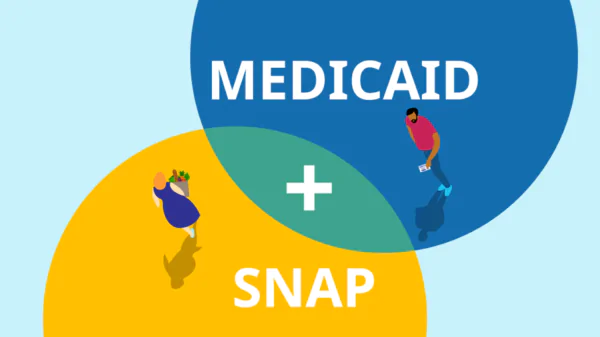By Professor Steve Stewart
Troy University
Everyone is entitled to his own opinion, but not to his own facts,” said Daniel Patrick Moynihan, a professor, politician and statesman who advised four presidents of both parties.
His statement reminds us that we should seek the facts and base our opinions on them. But that’s not as simple as it seems today, when we have plenty of sources of alleged facts, but they often contradict one another.
Sometimes we readers and viewers get the idea that news media are being selective or even deceptive about the facts and are timing disclosures to fit their agendas. Sometimes we are right. But some media are reliable, while others are, dare I say, masquerading as journalists in order to advance their own points of view.
So how can you tell whether a particular journalist, newspaper, website or broadcaster is giving you information that you can rely on to form your opinions? My suggestion is to examine how they cover the news. Ask yourself some questions:
• Is there a thorough effort to obtain all sides of a story, giving everyone a chance to comment and provide information?
• Beyond that superficial fairness, is there an effort to determine what the actual truth is? In other words, are the statements that sources make checked against widely known or scientifically proven facts? (If a source contends that the earth is flat, that statement should not go unchallenged.)
• Did the reporter go straight to the best sources for the story, or rely on secondhand reports, perhaps from other news media?
• Does the reporter acknowledge significant questions that he couldn’t answer, while telling you how he tried to answer them?
• Are the sources identified well enough for a reader to evaluate their credibility? In almost all cases, the people and documents that provided information should be named in the story. Occasionally reporters rely on anonymous sources for good reasons, but they explain those reasons to readers and give as much information as they can about how the sources know what they are talking about and what their biases might be.
• Does the story provide detailed evidence supporting the factual assertions it makes? Does this evidence support those assertions? Is there another reasonable explanation of the evidence?
• Is the information consistent with what you’ve learned elsewhere from reputable news media and other sources? You could consult a fact-checking website such as politifact.com or snopes.com.
• Is the timing of the story reasonable, or does it seem that the story was published at a particular time in order to influence events? If the story is about a past event, it should make clear why the information is coming out at this time.
• Does the journalist or news organization have a history of promoting a particular point of view, or of seeking the truth?
If a reader or viewer wants to form opinions based on facts, these questions are relevant. But let’s face it: some people form their opinions first and then look for facts to support those opinions (it’s called wishful thinking or confirmation bias). That’s one reason even good journalists receive a lot of criticism.
I have worked as a journalist and know hundreds of them, and rarely have I met one who set out to mislead readers or promote his own opinions. Of course, some journalists are more adept at finding and presenting the facts than others. And all of us make mistakes.
Anyone can call himself a journalist, but the good ones pride themselves in digging for the truth, come what may. Their standards are summarized well in the Code of Ethics of the Society of Professional Journalists, which covers four precepts: seek truth and report it; minimize harm; act independently; be accountable and transparent.
Journalism educators are drilling those precepts into the newest generation of journalists, which is why most of my students can provide a quick, correct answer to this question: Where’s the best place to put your own opinion when you write a news story?
Their answer is one word: Nowhere.













































